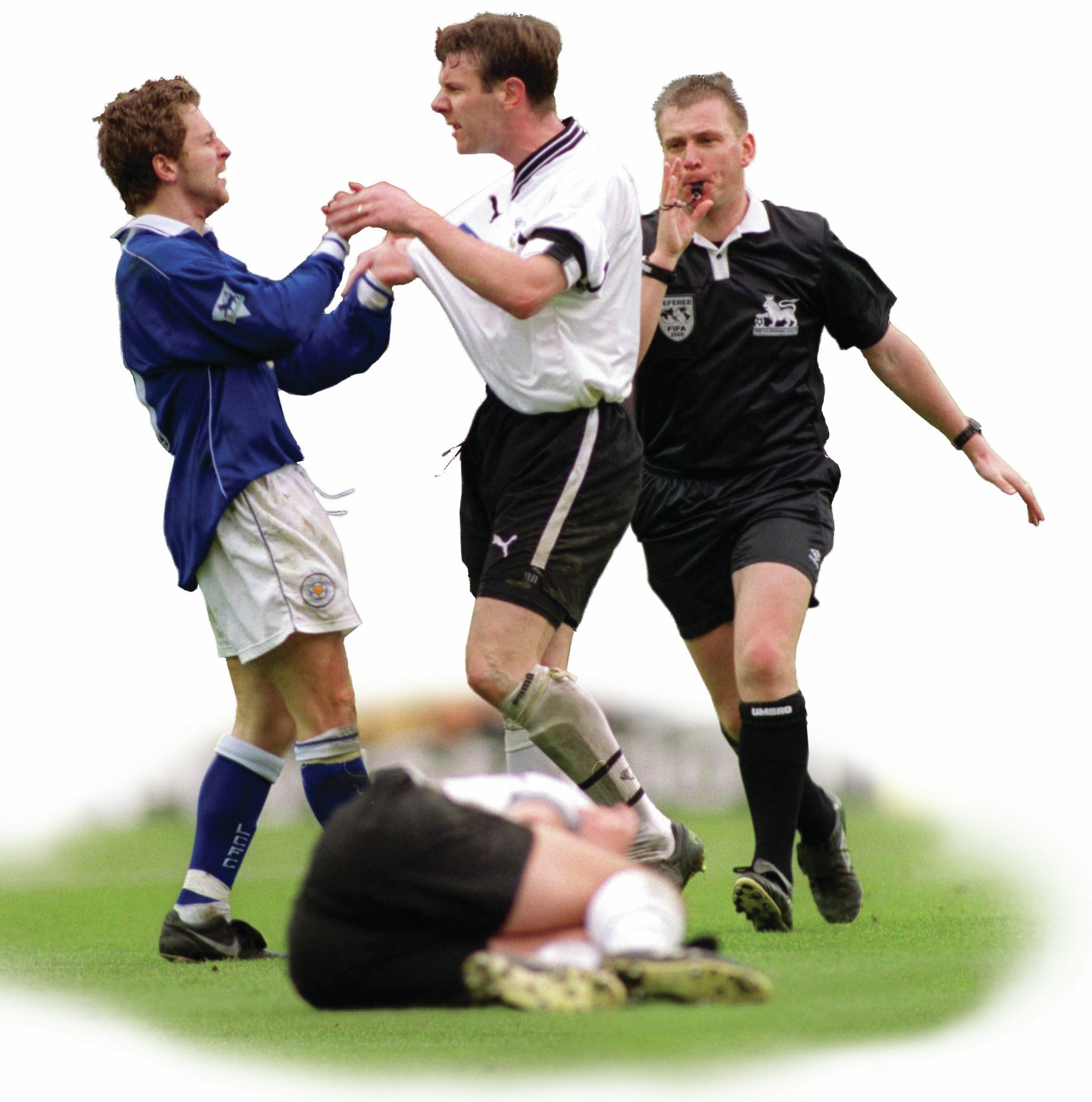
There can often be confusion between aggression and assertion. In a nutshell, aggression is ‘an intent to harm’ and tends to be reactive and outside the rules of the sport. Assertion is generally within the rules and is goal-directed and not intended to harm (although a problem does occur with combat sports such as boxing where there is intent to harm but this is within the rules). A number of psychological theories and/or hypotheses have been proposed to attempt to explain why individuals become aggressive. This article looks at each in turn and applies them to some practical sporting situations.
The first and most basic theory of aggression is instinct theory. This is an evolutionary theory which proposes that we are all born with an aggressive instinct which surfaces at times of provocation or threat. It proposes that all human beings retain some of their inherited ‘ritualistic’ animal aggressive instincts, and these come to the fore when we sense danger. On the field of play, performers can respond aggressively when defending a goal or reacting to a foul. Some players only need small amounts of provocation to react in a violent manner, while others are able to stay cool under much greater intimidation, enabling them to focus more intently on the task. Can you think of any examples of these two types of individual from modern-day sport?
Your organisation does not have access to this article.
Sign up today to give your students the edge they need to achieve their best grades with subject expertise
Subscribe




